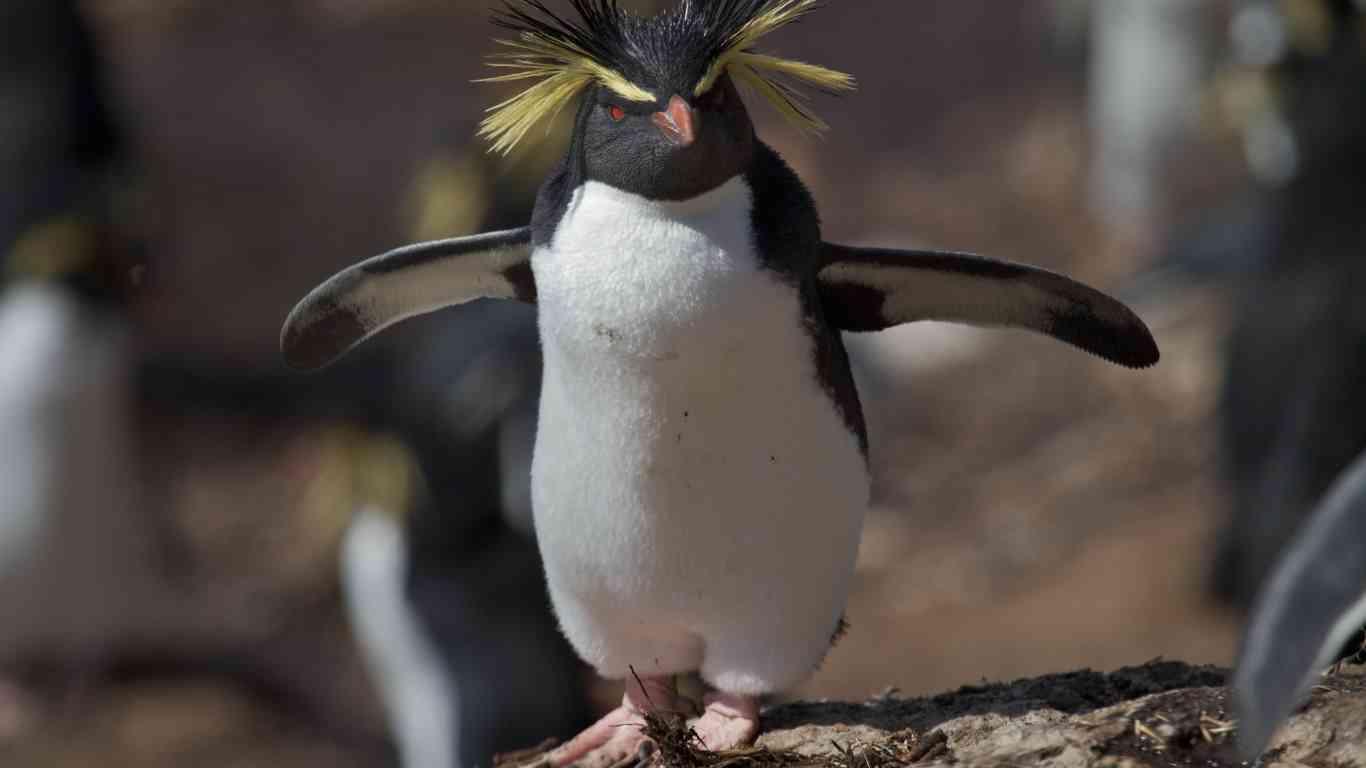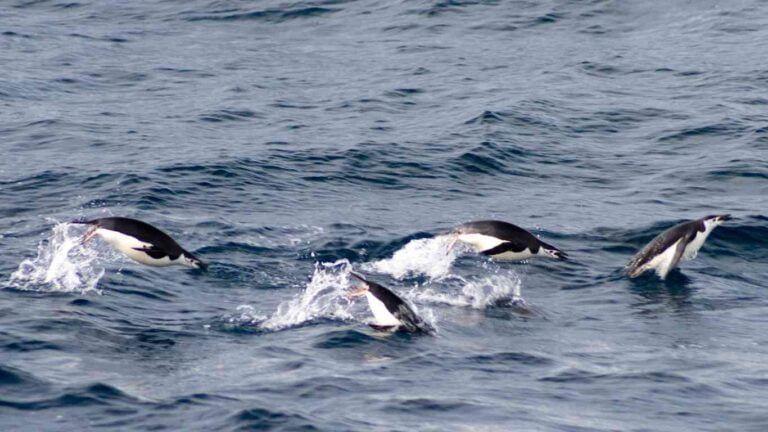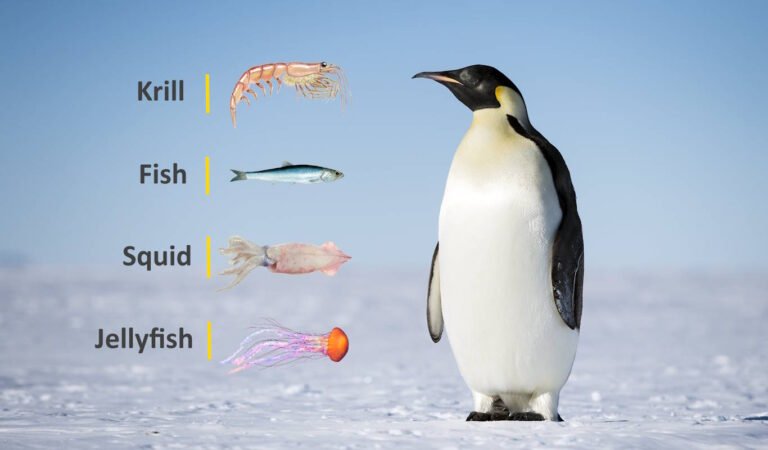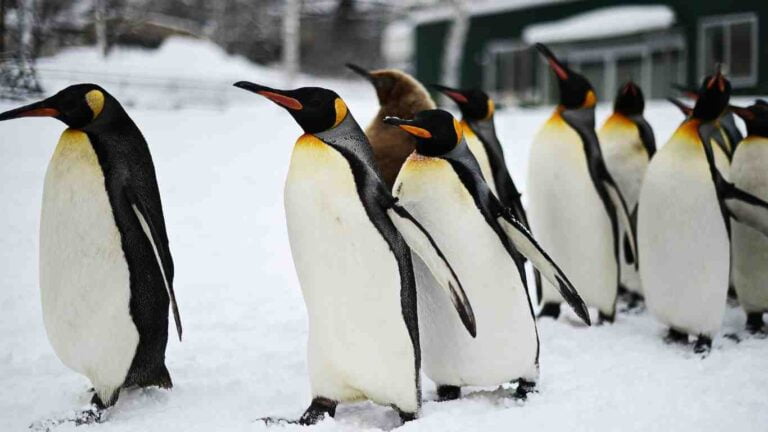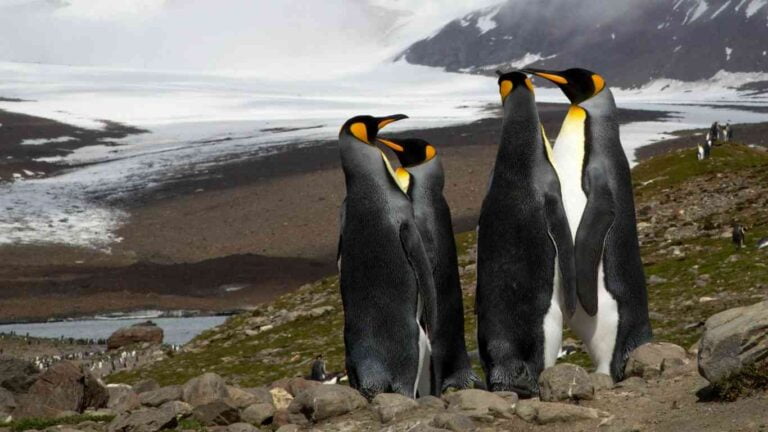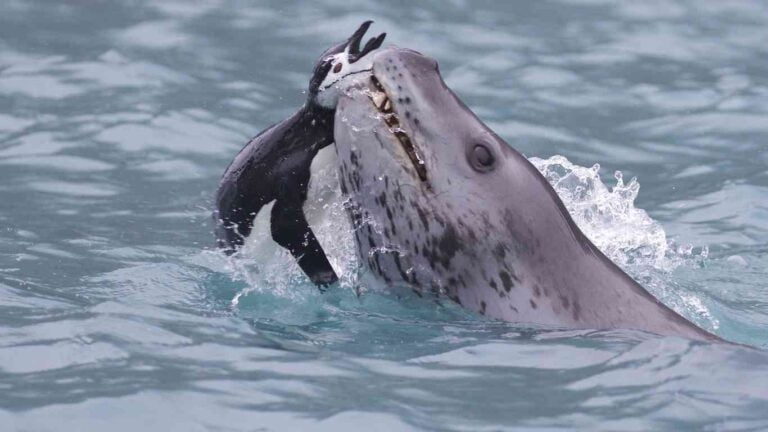Are Penguins Endangered?
Penguins are fascinating and beloved creatures, but their populations are facing numerous threats. From climate change to destruction of natural habitat, penguins are struggling to survive in an ever-changing world. But just how endangered are they?
The question of whether penguins are endangered is not uniform across all species. With 18 recognized penguin species, IUCN has listed five of them as endangered.
Are Penguins Endangered?
Some penguin species are endangered, while others are not. Of the eighteen known penguin species, five are endangered.
The Galapagos, Yellow-eyed, Northern Rockhopper, Erect-crested, and African penguins are among the endangered species, highlighting the critical need for conservation efforts.
The International Union for Conservation of Nature (IUCN) is internationally recognized for its system that lists and ranks species conservation status.
The Convention on International Trade in Endangered Species of Wild Fauna and Flora (CITES) also plays a key role in the protection of endangered species.
Here are the five endangered penguin species, along with their scientific names and population numbers:
1. Northern Rockhopper Penguin (Eudyptes moseleyi), population estimated at 480,600.
2. Erect-crested Penguin (Eudyptes sclateri), population estimated at 150,000 mature individuals.
3. African Penguin (Spheniscus demersus), The population is estimated to be around 41,700.
4. Yellow-eyed Penguin (Megadyptes antipodes), population estimated at 5,000 individuals.
5. Galapagos Penguin (Spheniscus mendiculus), The population is estimated to be around 1,800.
IUCN’s conservation status scale ranges from Least concern (LC) to Extinct (EX).

And these five penguin species are classified as Endangered (EN), indicating a high risk of extinction in the wild.
The conservation status of penguin species varies worldwide, with several marked as endangered.
African penguin numbers have been declining for years. Industrial activities and oil spills heavily impact their survival.
Additionally, overfishing has reduced their primary food source, adding to their plight.
Galapagos penguins have an especially dire situation. Living exclusively in the Galapagos Islands, they face threats from climate change.
Rising temperatures and changing sea currents affect their food availability. They have become one of the rarest penguins due to these environmental shifts.
The plight of the Yellow-eyed penguin is equally concerning. They are native to New Zealand and have experienced sharp population declines.
Habitat loss and introduced predators have been the primary culprits.
Erect-crested penguins, breeding exclusively on the Bounty and Antipodes Islands, are also vulnerable.
This species faces loss of habitat and food sources due to climate change. There is limited access for researchers to monitor them, adding uncertainty to their status.
Lastly, the Northern Rockhopper penguin has been struggling. These penguins, found on sub-Antarctic islands, have faced dramatic population decreases over the past few decades.
Their situation condemns them to the endangered category. Human activities like fishing have restricted their ability to find food.
According to IUCN, all these species are endangered to varying degrees. While some have been formally listed for decades, others have seen more recent declines.
Conservation measures are being put in place globally. However, continued work is necessary to address the factors leading to their endangerment.
The survival of these penguin species depends on collective human actions.
Why Are Penguins Becoming Endangered?
Penguins are becoming endangered primarily due to habitat destruction, overfishing, climate change and pollution, impacting their food sources and breeding grounds.
Penguin populations worldwide are at risk as their survival is intimately tied to the ocean’s health.
Climate change, which affects the availability of their primary food sources, such as krill and fish.
Changing ocean temperatures and sea-ice cover influence breeding grounds and feeding areas, creating an uncertain future for these species.
In addition to environmental threats, human activities such as oil spills, plastic waste, and overfishing also exacerbate the deterioration of penguin populations worldwide.
Overfishing and poorly managed fisheries also take a toll on penguin food supplies, making it challenging for these birds to find enough food to sustain themselves and their offspring.
Similarly, as oceans become warmer and more acidic due to increased carbon emissions, krill populations a principal food source for many penguin species decrease.
Final Thoughts
While not all penguin species are currently endangered, a significant number do face serious environmental threats that require immediate attention and action.
Without global cooperation, the future of these penguin species is bleak.
Through ongoing global coordination of conservation efforts, there still remains hope to mitigate these challenges and preserve these wonderful creatures for the enjoyment of future generations.
(Featured image by Brian Gratwicke on Flickr)

